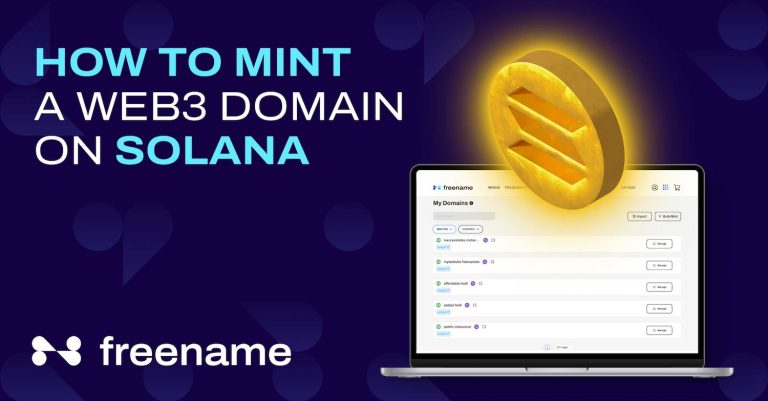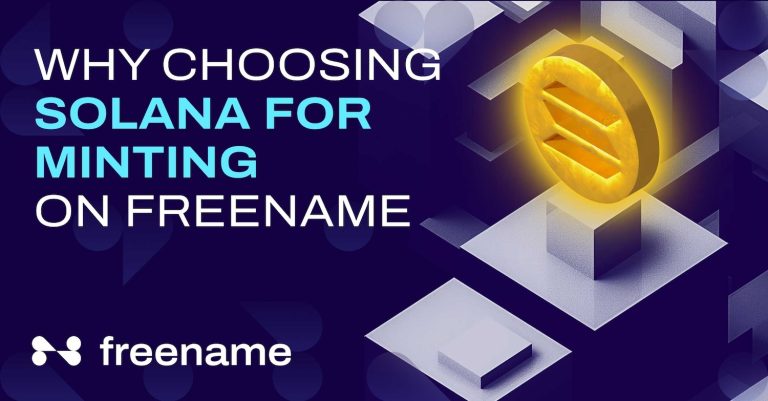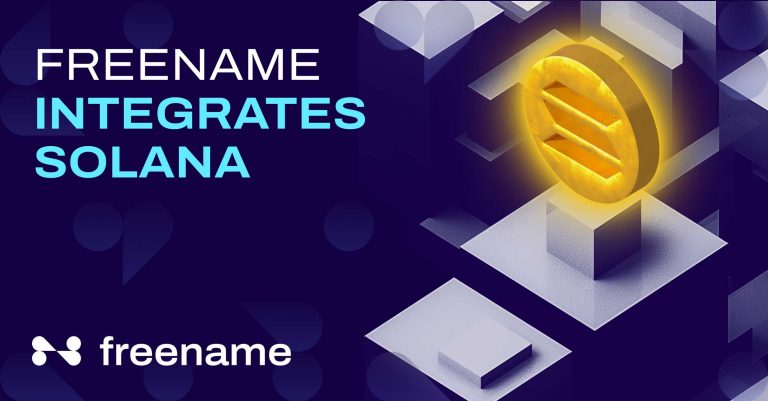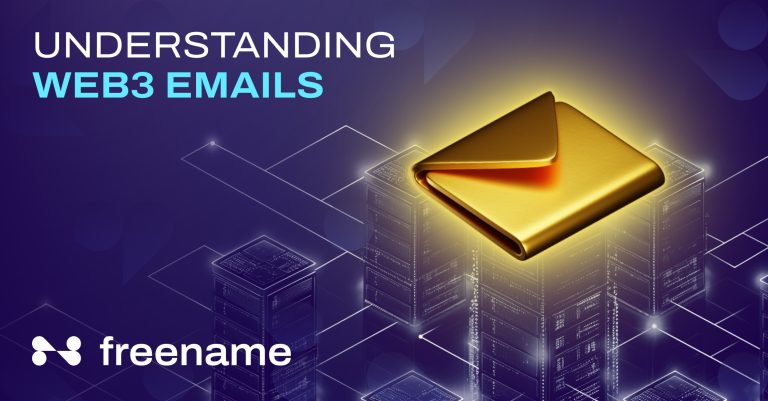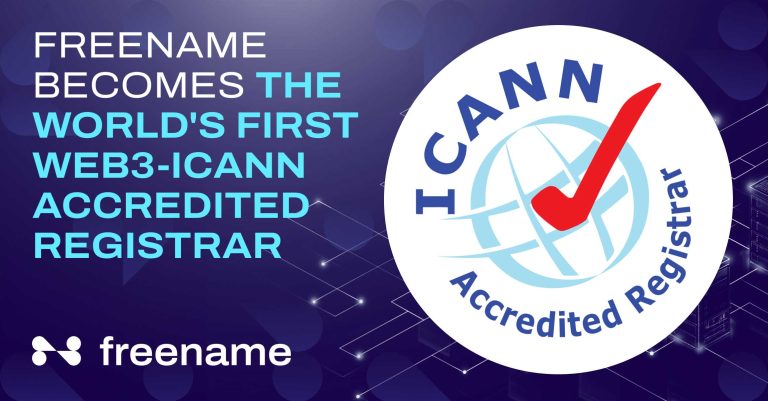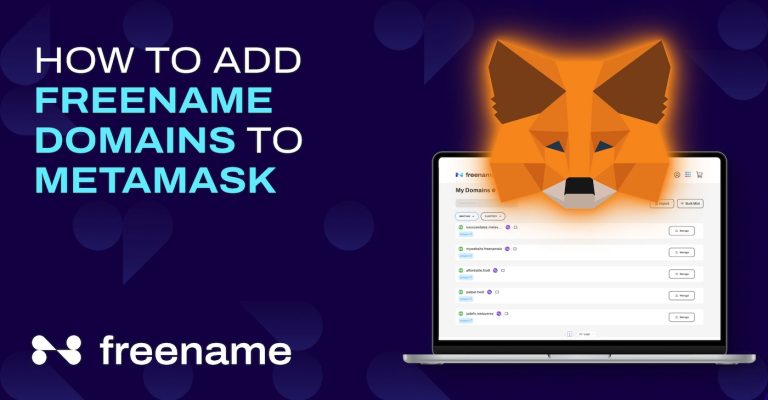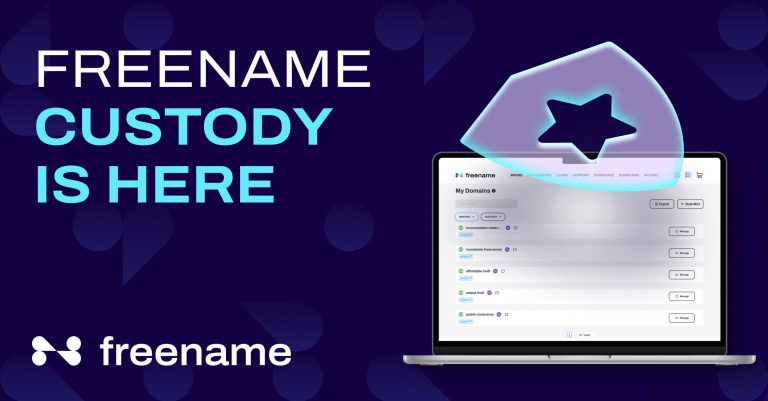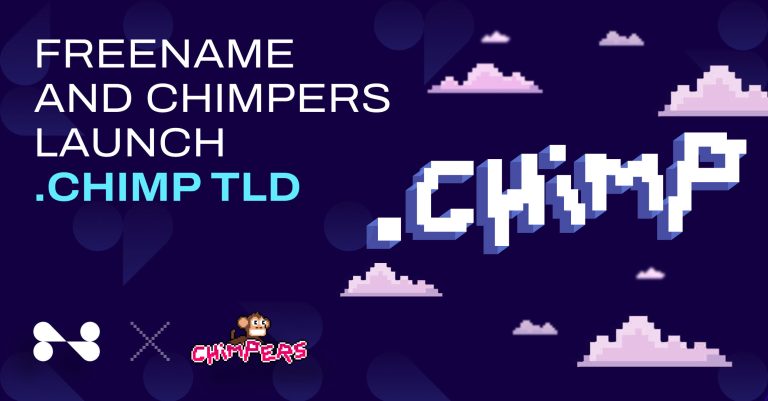Learn how to mint a Web3 domain on Solana using a domain registrar like Freename in 5 easy steps.
Read moreWeb3 Blog - Freename
Why Choosing Solana For Minting Web3 Domains On Freename
Over the decades, the internet has evolved from just a static educational tool to a dynamic space for businesses and...
Read moreHow Do Web3 Meetings Work: A Complete Guide
Looking for a better alternative to traditional online meeting apps? Think about decentralized meetings. or Web3 meetings.
Read moreFreename Now Integrates with Solana: Mint Your .solana Domains
Register and mint your domains on the Solana blockchain, joining our lineup that already includes Aurora, BSC, Polygon, and Base...
Read moreWhat Is Web3 Email And How Does It Work?
Find out what Web3 email is and the differences with traditional email.
Read moreThe 5 Biggest Advantages Of Web3
From security to decentralization and everything in between, here are 5 advantages of Web3 for traders, gamers, and investors.
Read moreFreename Becomes the First Web3-ICANN Accredited Registrar
The ICANN accreditation is a huge milestone for Freename and marks an important step in blending traditional and Web3 domains.
Read more5 Real Benefits of Using a Web3 Domain
Here are 5 benefits of using a Web3 domain with real advantages.
Read moreHow To Choose The Best Second-Level Web3 Domain Names
Find out how you can pick the best second-level domain names in Web3 with Freename.
Read moreHow To Add Freename Domains on Metamask
Learn how to add Freename Domains on MetaMask and unlock the Metaverse.
Read moreWhy Everyone Should Have a Web3 Domain?
Discover 6 reasons why you should have a Web3 domain.
Read moreUnlock the Full Potential of Your Web3 Domains with Freename Custody
With Freename Custody, you can now import your Unstoppable or Base domains and start using them like never before.
Read moreA Step-by-Step Guide To Create a Project on Base Chain
Learn how you can easily create a project on Base.
Read moreHow To Use Web3 Domains To Define Your Personal Branding
Discover how to use Web3 domains to define your personal branding online.
Read moreFreename Teams Up with Chimpers to Launch .chimp TLD
We’re proud to announce our latest partnership with the iconic NFT collection, Chimpers. Together, we’re unlocking the brand new .chimp...
Read more
